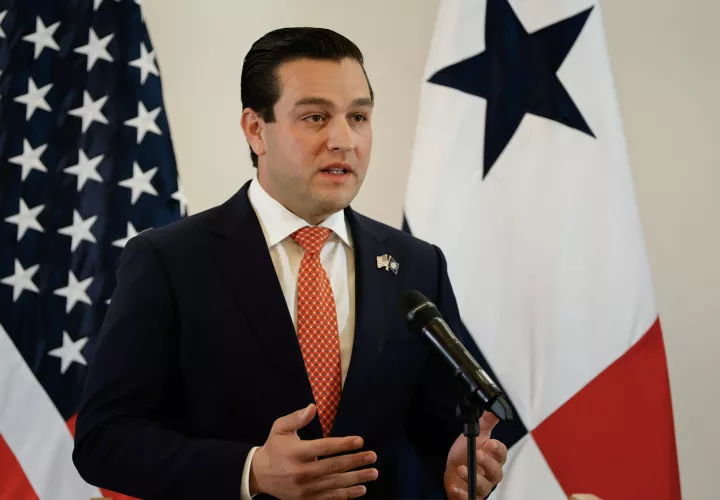Panama Bird and butterfly species becoming extinct

FOREST destruction and environmental pollution is severely impacting Panama’s biodiversity, and wiping out bird and butterfly species.
The country is home to 8,800 species of butterflies more than in all of Central and South America but the deterioration of nature that the Isthmus has suffered in recent years is so severe that some species are becoming extinct.
A study by the Smithsonian Tropical Research Institute (STRI)) reveals that in the last 90 years 6% of the 390 butterfly species that existed in the Barro Colorado Island have disappeared.
“Since the 1930s, 23 butterfly species disappeared from the island, along with with 50 to 60 species of birds” said a report by the Smithsonian team of researchers led by Yves Basset, who
According to scientists, the extinction of butterflies in the Panamanian island is mainly ” due to loss of habitat or species of host plants on which the butterfly larvae feed.
They note that “many species of butterfly species that disappeared were small wings, hesperiids, which feed on herbaceous plants. They may have disappeared because the island is losing open areas as forests mature. Their host plants are still there, but they are dispersed and can be more difficult to locate.“ The study concluded that the disappearance of many more bird than butterfly species at Barro Colorado Island, confirms that ‘small nature reserves can be much more effective in the conservation of invertebrates than vertebrates, and therefore, they should not be neglected by conservationists.
“The 6% of the species identified in the initial studies were not found in recent studies,” said the team of butterfly specialists who work at the University of South Bohemia and the Center for Biology of the Czech Academy of Sciences, the University of Panama, the Northern Plains Agricultural Laboratory of the Agricultural Research Service of the United States Department of Agriculture, the McGuire Center for Lepidoptera Natural History Museum and Biodiversity of Florida and the Smithsonian.





